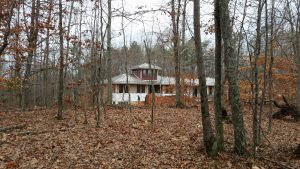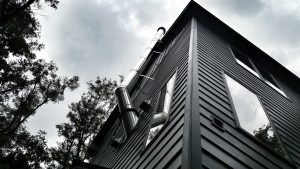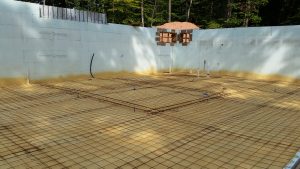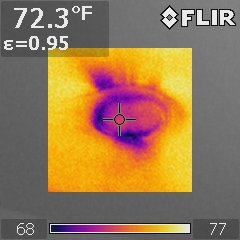Buildings are the most complicated machine that the average person has to operate. Trying to figure out how to put a building together, make it beautiful, comply with all aspects of building code, and meet client expectations for budget, timeline, and aesthetics is the most complicated part of my profession. As of July 13th of this year, in Virginia, we now have to comply with the 2012 Virginia State Building Code. Change complicates life further. Buildings are complicated – so is code compliance.
The new standards in Virginia are impacting energy efficiency practices through daylighting requirements, insulation upgrades, and air leakage standards. In the long run these will all be huge benefits to the building owner through energy savings. In the short-term, the industry is trying to figure this out while trying to keep the upfront costs affordable to potential clients.
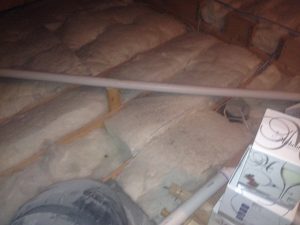
On the commercial design side, code officials are now asking for documentation in the form of energy compliance reports that have not been required in past code cycles. This is adding to the amount of time and money it takes to document a design. Daylighting requirements are such that calculations have to be performed to show that you have the appropriate number of skylights to meet the new standards in the 2012 building code. Lighting controls are being added to comply with the new daylighting standards increasing complication to the installation and design of the lighting system. Energy usage standards vs lighting level restrictions in rooms is forcing the use of more efficient LED technology adding to upfront costs. There are conflicts within sections of the code and the energy standards section such as plenum are not allowed in one section and are allowed in another section – so which is it? This all adds time to the design process as we figure out how the local code official is interpreting code requirements and documenting compliance.
On the residential design side the changes are having less impact on the design. In fact, we have not had to change anything about our standard for design in general. It is impacting the amount of time it takes to document our design decisions. We are having to document further some of our structural design in the form of “showing our work.” It adds time to include these calculations on our drawings sheets, but not to our design time as we already had this included. The biggest change for residential is the new requirements for wood deck design and shear wall bracing. The easy solutions are fairly expensive. The inexpensive options have impacts on aesthetics. There are now requirements for building tighter for better energy performance of ducts and building envelope. However, Virginia allows for a visual inspection to show air tightness. I say this is impossible to do with a visual inspection so it will not benefit the majority of home owners. We already include the air tightness test as a standard in our home design so I know we meet the standard on our homes with or without the visual inspection.
There is also a new Virginia building code used for renovation projects. This book used to be a chapter in the commercial building code, but now is a stand alone document. It has a lot of new language and coordination required that did not exist before. There is a lot of confusion as to the intent and time is the only thing that will clarify some of the standards. It is taking a lot of my time to learn the standard and verify we are in compliance for our renovation projects.
All of these changes will be figured out and will become the minimum standard for how we build. I cannot imagine trying to work through all of these changes had we been designing to code minimum in the past. This is going to have the largest impact on those builders that purchase home plans online and build to code minimum. It is going to raise their quality and the level of efficiency and safety in their projects and that is needed. In the short-term, it is having an impact on everyone in the construction industry as we try to stay competitive while making a living doing what we love. All of this to say, Buildings are complicated and so is code compliance.

